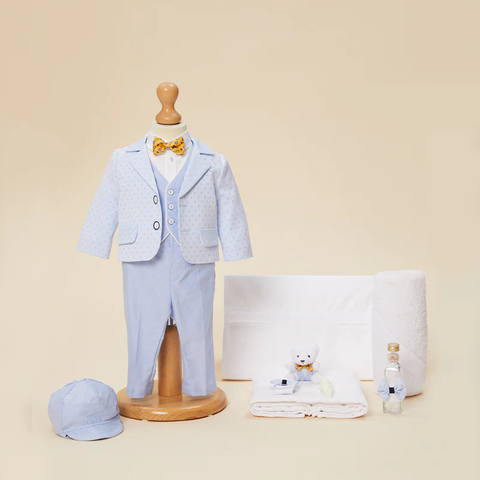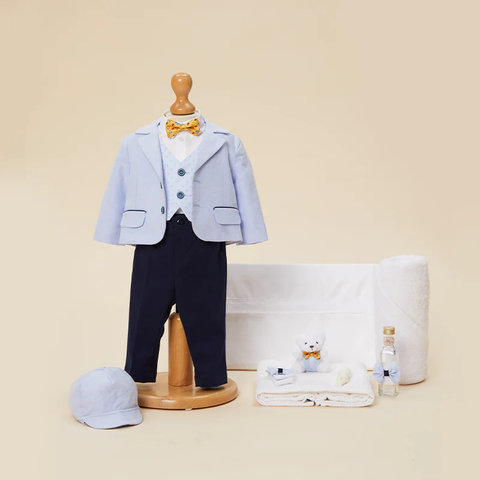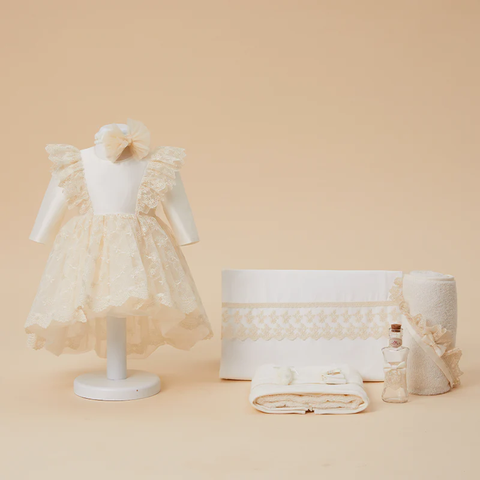Baptism - the beginning of the road to the spiritual path of man
Regardless of which religion we refer to, baptism represents one of the most important mysteries of Christianity, being the one that signifies a person's entry into the Christian community and his entrustment to God. In the life of every believer, this rite represents the beginning of the road to building and developing the spiritual life, an aspect reflected in its role: a starting point along the Christian path.
Considering that baptism is considered a sacrament of universal Christianity, in the practices of the Catholic and Orthodox Church regarding this aspect, there are both similarities and differences. It should be mentioned that both Churches belong to the Christian Religion.

Similarities between Catholic baptism and Orthodox baptism
Catholic baptism does not differ much from the Orthodox one, for which it may seem quite similar. Both the Catholic Church and the Orthodox Church regard the Sacrament of Baptism with the same meaning and identical purpose, as the ritual through which the believer becomes the son of God and receives divine grace, cleansing himself of the original sin of Adam and Eve.
Upon entering the Christian community, the commitment to live in accordance with church values and teachings is expressed. Among the religious ceremonies that can be performed by the two churches, there is another point of intersection, namely that the baptism takes place in a holy place - in the place of worship, where the rite is formalized by the church minister.

The differences between Orthodox and Catholic baptism
Although there are quite a few similarities, there are various liturgical differences and traditional aspects between Catholic and Orthodox baptism. A first difference regarding the baptism of the baby has in mind the religion in which it will be christened.
Orthodox baptism
The Orthodox Church recommends that this rite be performed once the mother is allowed to attend the christening service held in the place of worship. This, according to custom, is allowed only after 40 days. To be able to baptize, it is customary to have only one pair of noses, which must be of the Orthodox religion.

During the christening service, the godmother is the one who brings the child to the church and holds him in her arms. The baptism service is divided into two large parts: the renunciation of sin and the actual baptism. Christianization begins with the exorcism (renunciation of sin), in which the godfather renounces Satan and accepts to become one and the same with Christ, then the actual baptism takes place. The nasa, the spiritual mother of the newborn, undresses and prepares the little one for immersion three times in the Holy water.
Once immersed in the baptismal font, the child is entrusted to the godmother, who will wrap him in white cloth, anoint him with Myrrh and cut strands of his hair, in the sign of the cross, four times, then he will be dressed in new clothes, chosen and carefully prepared, washed and sanitized, before the big event. At this stage, the kit is very useful, the set that includes everything necessary to prepare the actual baptism of the little Christian.

A second part, considered to be unofficial, a continuation of the christening service, provides for the "bath of the second day" in which the godparents bathe the new Christian, as a sign of the washing of the bridegroom.
Catholic baptism
Between the baptism performed by the Orthodox and the Catholic Church, there are no great differences. In the case of Catholic baptism, the anointing of the baby takes place after 7-8 years, not as soon as the child is baptized. At the baptism service, not all the sacraments are received, therefore after this period, the confirmation takes place, the process of completing the initiation into the Christian life.

For this ceremony, it is recommended to wear white clothes, which symbolize the washing of sin and purity, laced and with small details, such as those available and recommended: elegant suits for boys , but also diaphanous dresses for girls .
There is the possibility of the existence of several pairs of noses and despite this, it is allowed that their religion is not necessarily Catholic. To baptize, godparents can have a different religion, but they must be baptized.

During the christening service, throughout it, the little one will not be held by one of them, as is customary in the Orthodox ritual, but by the mother.
The rite is shorter, more simplified, so that, after the priest's prayers, the child is anointed with holy oil, the water is blessed and the Creed is recited.
The future Christian is not immersed in the baptismal font, but only sprinkled with water on the crest, so that there is no risk of cold or drowning. The priest worships the child, makes the sign of the cross on the forehead and on the chest.

It is necessary to have a container in which to collect this water that drips from the ridge and another one to keep the strands of hair cut, like the Orthodox rite, four times, in the shape of a cross. Throughout the service, the baptismal candle is lit, considering that the newborn is the light.
The priest is the person who prepares this time, wrapping the child in white cloth, after he has been anointed with myrrh. To symbolize renewal, the child is dressed in a white shirt, which signifies purity. The godparents do not practically participate in the preparation and swaddling of the child, but they must ensure their support in any aspect regarding the job.
The candle, the white shirt (the symbol of the clothes that Jesus wore when he was placed in the tomb), the baby's clothes, the white cloth and the aforementioned containers, are the necessary things for a Catholic christening.
Baptism remains the most important event in a child's life, and no matter from which religion this ceremony is viewed, the godparents represent the people who are chosen with a very clear purpose: to become spiritual and moral models for the child and his parents.




